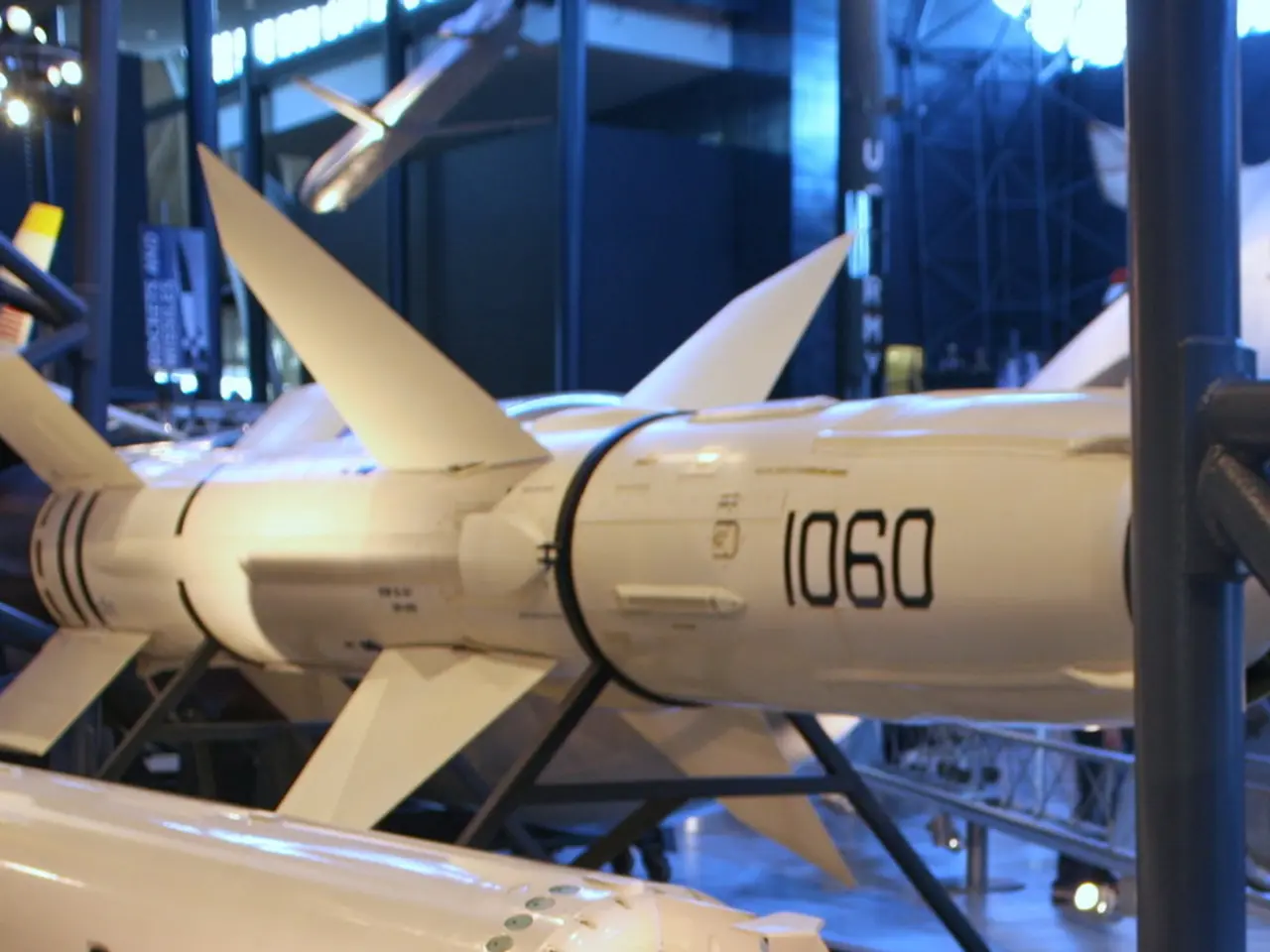Nuclear fusion milestone reached by THOR in the US as plasma sustains self-sustaining fusion reactions
Breakthrough in Fusion Research: LANL's THOR Target Achieves Successful Fusion Ignition
In a significant advancement for fusion research, Los Alamos National Laboratory (LANL) has announced the successful use of their Thinned Hohlraum Optimization for Radflow (THOR) window system in a fusion experiment. This milestone marks a major step forward in understanding radiation-driven implosions and inertial confinement fusion (ICF) under extreme conditions.
The THOR target, a specialized experimental setup, is designed to optimize radiative flow and energy delivery in high-energy-density physics experiments. At the heart of the THOR target is a "thinned hohlraum," a cylindrical cavity where laser energy is converted into x-rays to symmetrically drive a target capsule or diagnostic window. By thinning the hohlraum walls and optimizing their geometry, the THOR system reduces undesired energy losses and hydrodynamic instabilities, thereby improving the fidelity and efficiency of radiation transport to the target capsule or diagnostic window.
The first operational test of LANL's THOR window system took place on June 22 at the National Ignition Facility (NIF). The experiment, conducted by a research team led by LANL in collaboration with Lawrence Livermore National Laboratory (LLNL), demonstrated enhanced radiative flow control and diagnostic access. This validation of the design principles of thinned hohlraums allows researchers to better measure and interpret radiation-driven phenomena, enabling improved modeling of fusion experiments or dynamic material response.
The THOR hohlraum, unique in its design, features windows around its equator. These windows permit some X-rays to exit the hohlraum, allowing for the irradiation of test materials. The successful fusion ignition produced a self-sustaining feedback loop known as a "burning plasma."
The experiment generated a fusion energy yield of 2.4±0.09 megajoules, a significant achievement in the field of fusion research. Los Alamos physicist Joseph Smidt, the co-director of the LANL inertial confinement fusion program, stated that this is a game-changing breakthrough that advances fusion science and 3D modeling capabilities.
Looking ahead, future work will focus on refining the windows to potentially increase their transparency and designing experimental packages to attach to the hohlraum. The THOR system is also designed to provide a source of high-flux X-rays for other scientific applications, primarily for studying how materials respond to extreme radiation environments. This will enable the collection of data on material properties under plasma conditions that were previously not achievable in a laboratory setting, furthering our understanding of fusion and material physics under extreme conditions.
This success serves as a validation of the high-fidelity computer simulations used to design the THOR platform and compensate for these modifications. Ryan Lester, a Lab physicist and the THOR campaign lead, concluded that the experiment validates high-fidelity simulations and demonstrates that ignition-scale performance can be achieved with the THOR platform modifications. The experiment marks an important step in expanding the applications of the ignition platform.
Smidt also stated that the experiment shows how well LANL's designs can create fusion ignition conditions to address key stockpile stewardship questions. This breakthrough is not only significant for fusion research but also for the broader field of high-energy-density physics, opening new avenues for scientific exploration and technological development.
- The success of the LANL's THOR target in achieving fusion ignition signifies a promising innovation in robotics and science, as it paves the way for superior 3D modeling capabilities.
- The THOR target, with its unique design featuring enhanced radiative flow control and high-transparency windows, is expected to revolutionize the industry, particularly in the realm of energy production and finance, due to its potential applications in studying material response under extreme radiation environments.
- The collaboration between LANL and LLNL in the fusion research field showcases how scientific advancements in areas like robotics, finance, and energy can foster a synergy that benefits multiple industries, fostering a prosperous future for all.




